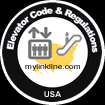
Minnesota Elevator Code 2024
Regulations & Standards
Minnesota Elevator Code imposes a responsibility on building owners and property managers to adhere to specific requirements within elevators, ensuring the safety of all occupants. Failure to comply with these codes can result in penalties and potential legal action. While the particulars of the Minnesota Elevator Code may differ at the state and local levels, three primary codes govern elevator safety: the American Society of Mechanical Engineers (ASME), the International Building Code (IBC), and the Americans with Disabilities Act (ADA).
ADA
The Americans with Disabilities Act (ADA) mandates unrestricted and equal access to services for individuals with disabilities.
IBC
The International Building Code (IBC) establishes precautions against hazards associated with constructed environments.
ASME
The American Society of Mechanical Engineers (ASME) plays a pivotal role in the development of codes and standards.
The State of Minnesota (MN) currently operates under the 2016 ASME A17.1 and CSA B-44 Code
Minnesota Elevator Code Authority (MN)
ELEVATOR DOOR LOCK MONITORING FAQS
This FAQ is intended to clear up questions regarding door lock monitoring (updated March 22, 2021).
Q 1: What is door lock monitoring?
In 2020 the state of Minnesota adopted ASME A17.3-2015 – Safety Code for Existing Elevators and Escalators. New in the 2015 version of this code is section 3.10.12; commonly referred to as “door lock monitoring.” This requirement ensures that an elevator will not operate if the hoistway door interlock or car door gate switch circuitry were either bypassed or failed in a way that renders the circuitry bypassed.
Q 2: Which elevators need this upgrade? (For hydraulic elevators, see this important note.)
This requirement applies to all elevators that have power car doors that are mechanically coupled to the hoistway doors, i.e. typical passenger elevator doors.
Q 3: How do I know for sure that my elevator needs to be upgraded?
Elevator controllers manufactured to meet the A17.1-2000 – Safety Code for Elevators and Escalators, likely have door lock monitoring. Because of the adoption dates of previous editions of ASME Codes in Minnesota, each elevator controller installed prior to 2007 will have to be evaluated to determine if it complies with this requirement or not. This can be confirmed by a qualified licensed elevator contractor or possibly by the controller manufactures records based on a serial number or similar reference.
Q 4: How will this code be enforced?
As department elevator inspectors perform periodic inspections on elevators throughout the State, they will identify elevators that do not appear to have this feature. Once the owner is notified, they will have up to 60 days to complete the correction, -or- within the 60-day period provide a compliance plan that will identify when the corrections will be made. Owners may be provided up to 5 years to complete this correction.
Documentation from the controller manufacture or a licensed elevator contractor confirming that an elevator already has this feature will be accepted.
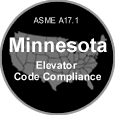
Department of Labor and Industry
Elevator Cellular Phone Lines
How to eliminate the cost of traditional elevator phone lines and save 35% or more. Our cellular elevator phone lines conform to ASME, ADA, and IBC codes, encompassing all requirements of the Minnesota elevator code.
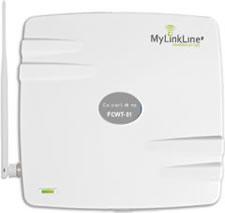
Minnesota Elevator Code
Elevator Phone Requirements ASME A17.1 & IBC**
- Two-way communication between elevator and authorized personnel
- On-site communications if over 60 ft of travel
- Communication between the elevator if elevator has remote machine room
- Answer by live authorized personnel – no automated answering
- Communication capability for onsite emergency personnel
- On-site monitoring if staffed 24/7 by authorized personnel
- Location identification on demand to authorized personnel
- Location identification without voice communication
- Hands-free devices only and telephone handsets are not allowed
- Phone automatlly answers when calling into elevator
- Automatic redirect if no answer onsite
- Monitoring the status of local telephone lines and issuing local alerts
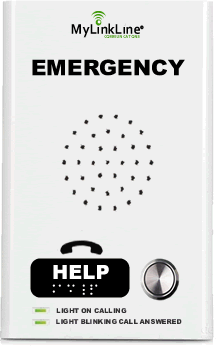
Emergency Elevator Phones
MyLinkLine will only install elevator telephones that meet code requirements. We also comply with ADA, ASME, ANSI and IBC codes in addition to all State and Local requirements if applicable. Volume pricing available.

Elevator Phone Monitoring Service
Our dispatch center has been delivering professional service for over twenty years. Our staff has extensive technical and interpersonal training to assist in emergency and non-emergency situations.
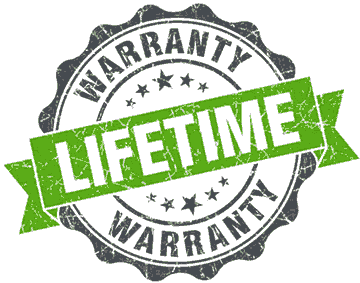
Lifetime Product Warranty
If any part of your elevator telephone(s) or elevator cellular landline fails at any time during your lifetime due to a defect in material or workmanship, we will repair or, at our option, replace the defective device at our cost***
